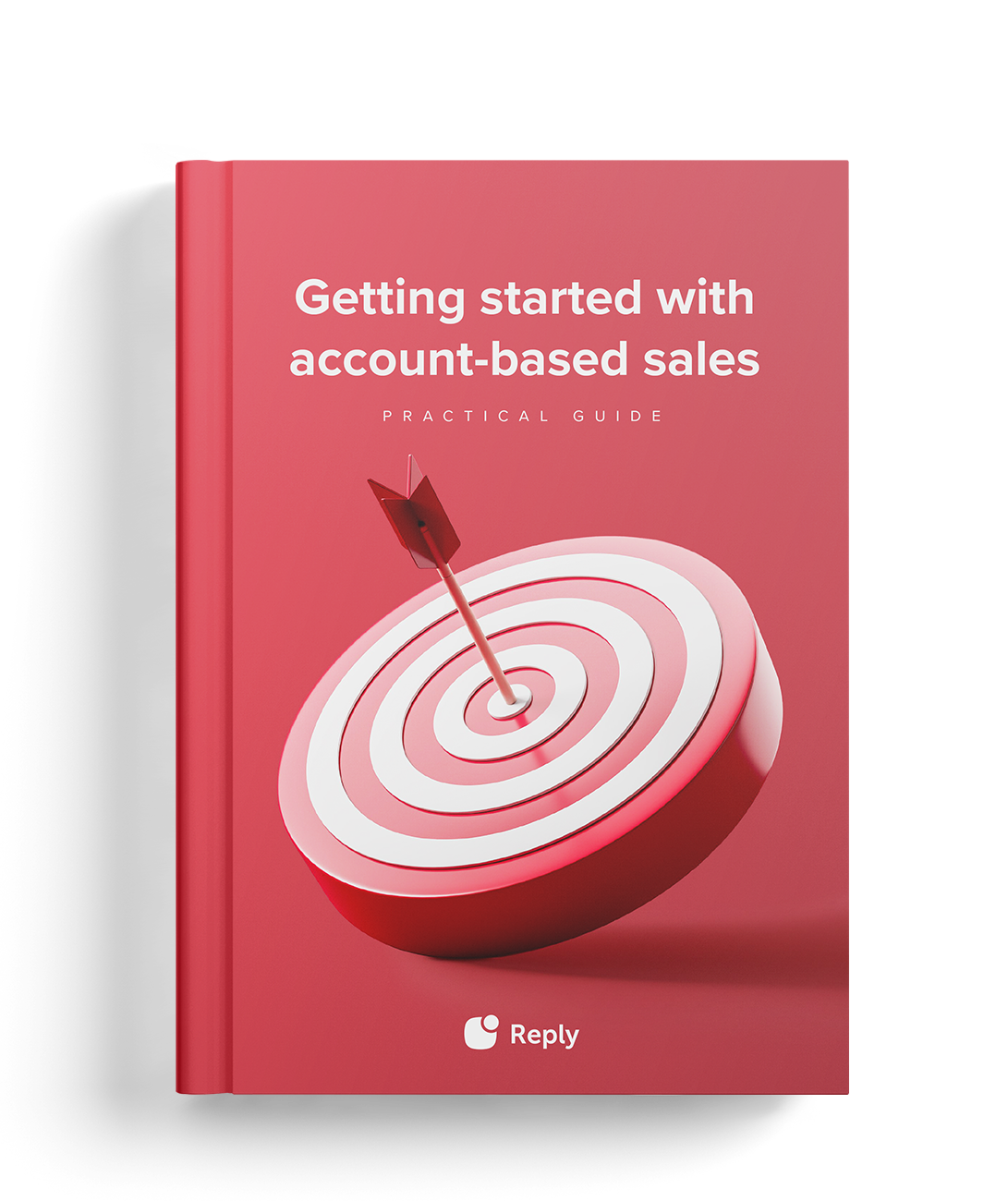The world of business is infinitely nuanced, but every company strives towards the same thing – making more money. To achieve that, most companies use some form of marketing, making it a very heterogeneous industry with a variety of outbound as well as inbound tactics.
A few years ago, a new player – account-based marketing – took the industry by storm. As is often the case, opinions have been divided with some saying it is the greatest thing since sliced bread and others claiming it is nothing but another marketing fad. The reality, however, is not that simple.
Let’s break down the basics of account-based marketing along with some tips to implement it (and whether you need to do it at all).
The basics of account-based marketing
Account-based marketing (ABM for short) is a B2B marketing tactic that is used to attract a small number of clients through exclusive targeting and advanced personalization.
A company that starts employing account-based marketing focuses on a small number of targeted accounts – personas – and starts marketing exclusively to them with highly relevant messaging.
This might take many forms, from content marketing to direct outreach (which is more of an account-based selling tactic), all for the common goal of acquiring these targeted accounts and growing your revenue.
These are the key elements of the account-based marketing approach.
- Sales and marketing alignment. ABM requires close collaboration between the two teams in identifying and engaging with key decision-makers within the target accounts.
- Laser-focused personalization. ABM tactics focus on customized campaigns for each account, considering their specific needs, challenges, and goals.
- Specific goals and metrics. A data-driven strategy, account-based marketing requires measuring and analyzing your campaign performance to optimize the outcomes.
- Heavy use of technology. ABM tactics employ many tools to personalize messaging, track engagement, measure results across various channels, etc.
While there are different account-based marketing tactics (more on that later), there’s one thing they all have in common. Their main aim is to build solid, long-term relationships with high-value accounts through personalized, tailored experiences, which will ultimately result in higher revenue and customer retention.






